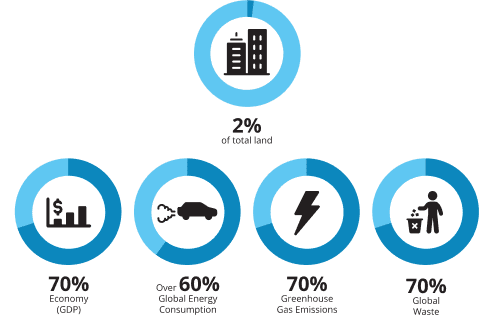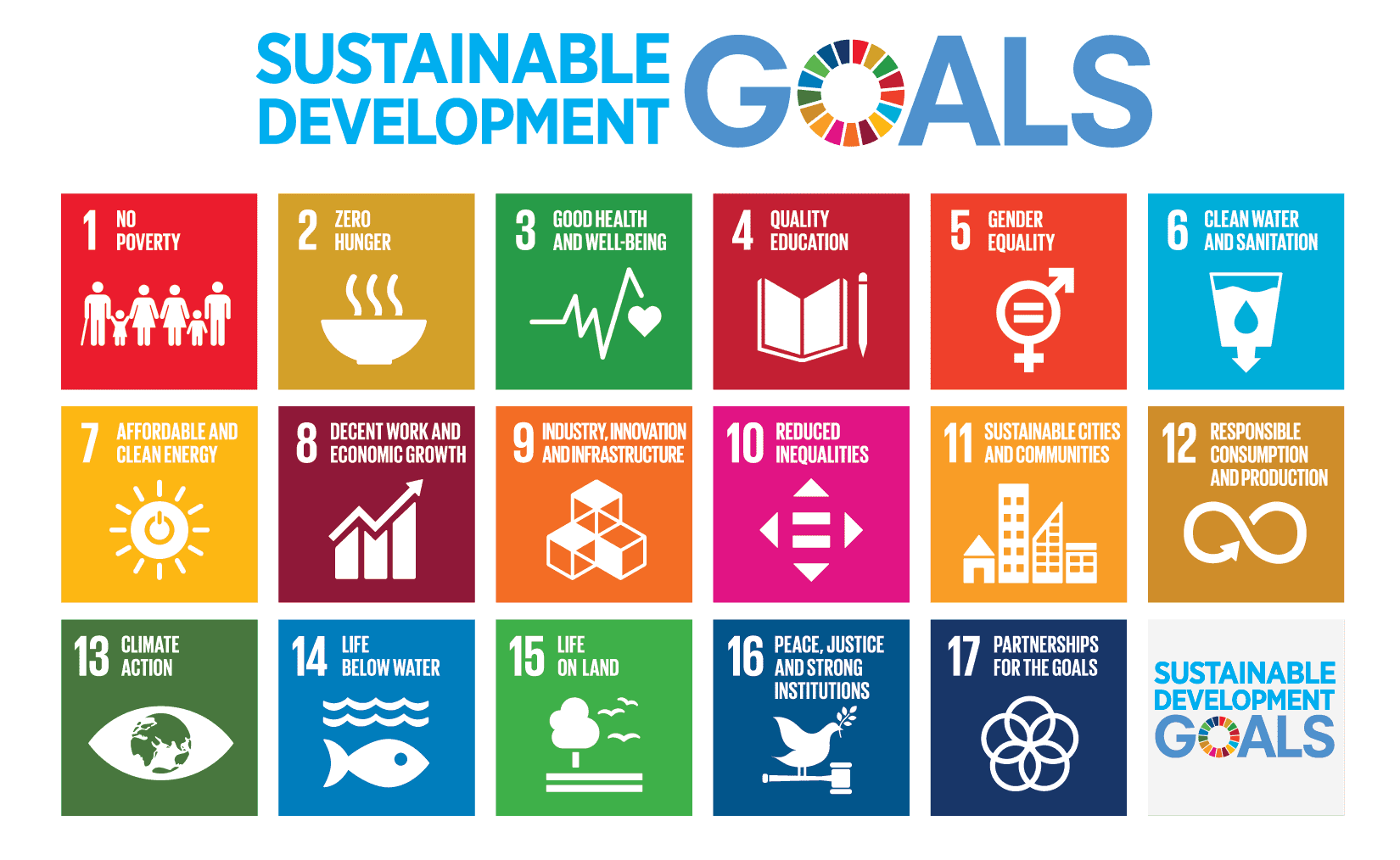Challenges for cities
Nowadays, more than 60% of the 7.5 billion inhabitants live in cities. Cities contribute to 70% of our world economy, and while they cover only 2% of the total land, they have a big impact on sustainability: 60% of the energy is consumed and 70% of both GHG and waste are generated in cities.

By 2050, we expect over 10 billion inhabitants, of which close to 80% will live in cities. The challenge that every city is facing, is how to best deliver the facilities and services needed to ensure a thriving population and good economic performance in a sustainable manner. This is a huge challenge for cities and communities, especially when considering that decisions made on infrastructures and the built environment today, will have a lasting impact on the cities for several decades.
Pressing urban issues in Europe are:
- Lack of progress in the transition to clean, affordable and secure energy systems and circular economies, while keeping a healthy economic basis of local economies. As a result, the adverse effects of climate change and pollution are insufficiently combatted;
- Lack of protection of biodiversity, national and cultural heritage, and identity of areas, not only in Europe, but also in other parts of the world, as both directly and indirectly affected by European consumption and urbanisation;
- Congested, crowded and cluttered cities, in particular regarding mobility and accessibility, poor quality of local living environment and public space, and unaffordable housing;
- Social polarisation as a result of globalisation and migration, ageing and lack of intergenerational justice, manifesting itself in less social connections, unsafety and insecurity, deprivation, erosion of communities, high costs of health care;
- Economic competitiveness of European cities, now and in the future;
- Lack of overview of what new ICT technologies might mean for European cities and their citizens (robotisation, further digitisation, autonomous vehicles etc.).

